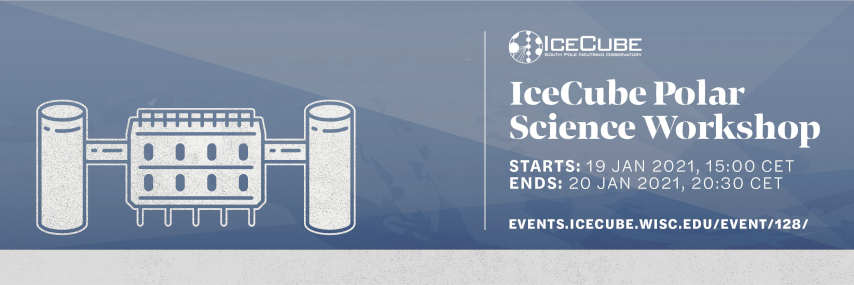Speaker
Description
The search for a new environmentally friendly low-temperature drilling fluid for deep drilling in ice is one of the most pressing tasks. ESTISOL 140 was identified as the most suitable fluid and has recently been used in several ice drilling projects, for example, SPICEcore project at South Pole. Unfortunately, no new progress has been made in identifying new drilling fluids. While ESTISOL 140 involves some issues—including high viscosity, strong odor, health hazards, negative effects on many elastomers and plastic materials, convective problems with temperature logging—it will likely be used for future drilling projects until a better fluid is identified. ESTISOL 140 is almost sufficiently dense by itself to compensate for ice overburden pressure, but not completely. In some cases, to provide long-term stability of the borehole walls, two other ESTISOL products, ESTISOL 165 and ESTISOL F2887, added in small quantities (2–6 wt %) could be used as densifiers for ESTISOL 140-based drilling fluids. Tests showed that ESTISOL-140 is miscible with ESTISOL 165 and ESTISOL F2887, and the density–temperature relationship is linear. We present here results of our prediction and estimation of the hydrostatic pressure and borehole deformation in SPICEcore borehole filled with ESTISOL-140. We also present potential deformation in the deeper boreholes filled with pure ESTISOL-140 and with ESTISOL-140 mixed with densifiers.

